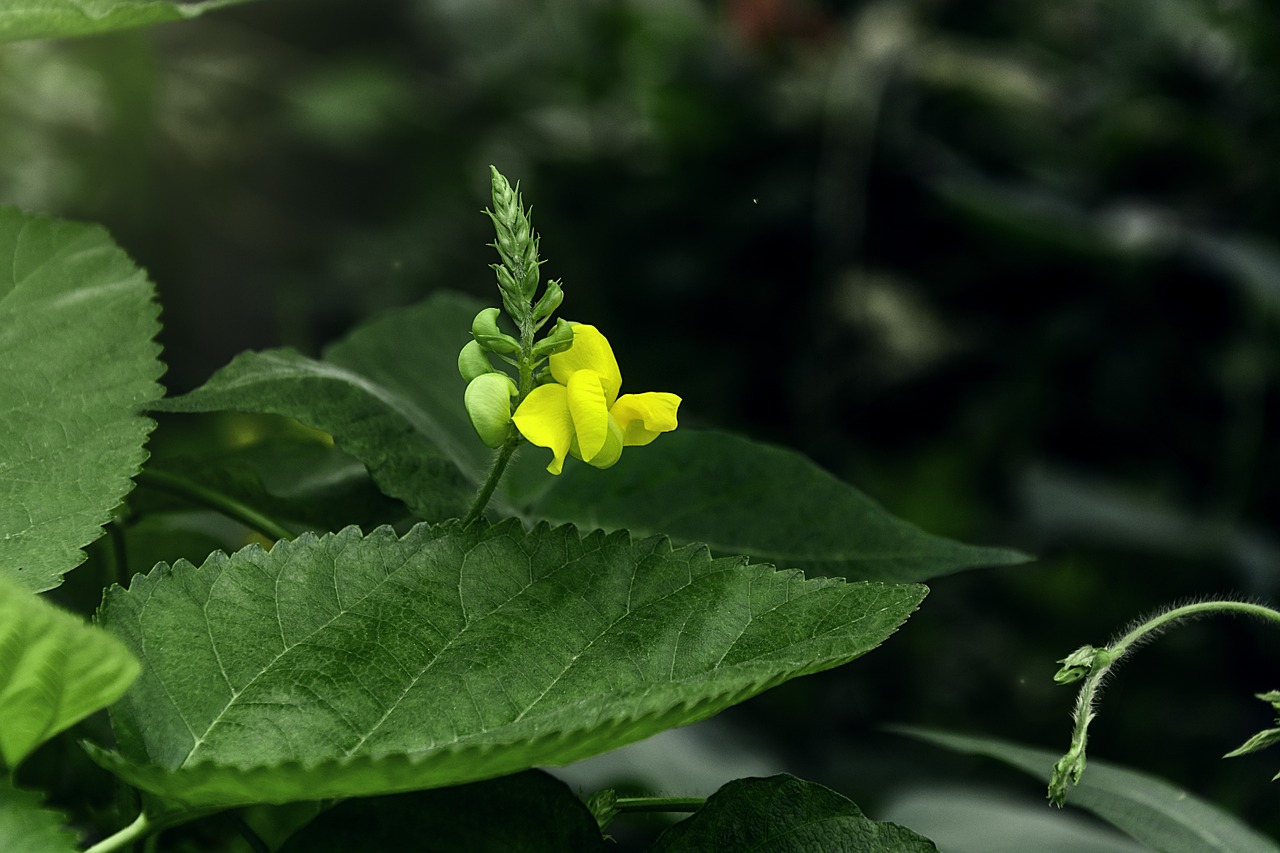'Everything is changed': How consistent rain delivered $65.9 billion reasons to smile
Moree Farmer Oscar Pearse is relentlessly chirpy and upbeat in conversation, and with good reason.
After three years of significantly-below-average rainfall, consistent rainfall in 2020 and the first quarter of 2021 has completely changed the outlook on his farm on the black soil plains of northern New South Wales – not to mention the mood in the nearby township of Moree (population 7300).
"Compare now to 18 months ago, and the feel of the town and the mood of the people is just so changed," Pearse told Weatherzone.
"We were almost in hibernation. Support industries were de-staffed, the landscape was tested, everyone's financial resilience was tested. Now pastures are as good as they've been in the last 10 years. The biggest issue for graziers is that they can't buy cattle or sheep!”

Image: If you know what this flower is, then you just graduated with honours from mung bean university. Source: Pixabay.
In Canberra this week, the Minister for Agriculture, Drought and Emergency Management David Littleproud announced that Australian agricultural production is on track for a record-breaking year, with an expected annual "farmgate value" of $65.9 billion (in simple terms, farmgate value is a measure of the gross value of agricultural production).
"This is an astounding result and testament to our farmers' hard work, resilience and ability to adapt quickly to a pandemic," Minister Littleproud said.
That's no doubt true. But more than anything, it's due to rain.
Farmers in Moree Shire take pride in the fact that their shire is often the single greatest contributor of any shire in the country to our total farmgate value. In recent years, their share was cut by drought. But not this year. Across the region, everything from grain to cattle to orange orchards to the Southern Hemisphere's largest pecan farm is thriving.
Image: For those wondering where Moree is, look towards the top right of the image.
Out on Oscar Pearse's farm, the cereal crops, pulses, and oil seeds are all looking promising.
"I've got a mung bean crop that's looking really good," he said. "And all we needed was a relatively normal year of rainfall."
Pearse said that after a decent rainfall year in 2016, the rain on his property halved in 2017 and halved again in 2018. Just when he thought it couldn't get any lower, rainfall halved yet again in 2019.
The stats from the Bureau of Meteorology's official Moree weather station reflect just how bad things got in 2019.
- Moree's average annual rainfall since 1995 has been 563.5 mm.
- In 2019, total rainfall was a paltry 125.4 mm.
- But 2020 saw a resurgence with a total annual rainfall of 652.2 mm.
- In December 2020 alone, the 139.8 mm of rain exceeded the whole of 2019.
The bottom line from the end of the drought is affordable food on the table for Australians, export earnings for our economy, and a return to good times in Moree and many towns like it. Pearse is at pains to point out that not every single farm is thriving – rainfall can be a little hit-and-miss in the area due to storms.
But for the most part, the human faces of this week's impressive agricultural figures are faces with big smiles on them.
"The world is just completely different to where we were 12 or 18 months ago when a lot of farmers were looking down the barrel of having to exit the business," Pearse said.